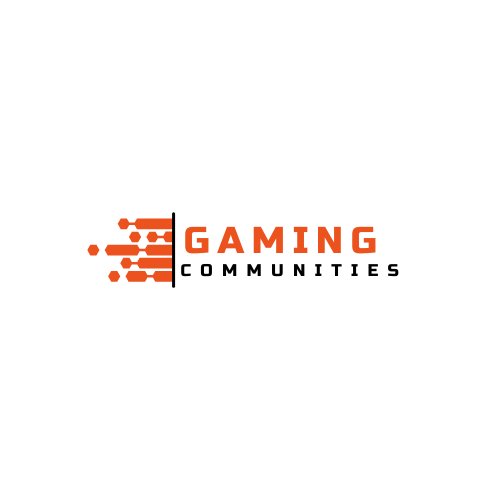As web designers Cape Town, creating visually appealing and functional websites is just the start of the process. In today’s digital world, ensuring your website ranks well on search engines is just as important as its design. SEO (Search Engine Optimization) plays a crucial role in driving traffic to your website, improving visibility, and ultimately helping your business or client achieve success. If you’re a web designer, it’s essential to integrate SEO into your design process. Here’s a breakdown of what every web designer needs to know about SEO.
- SEO Starts with the Structure
The structure of a website is one of the first things search engines look at when determining its ranking. Web designers must create websites with clean, logical hierarchies that make it easy for search engines to crawl. This includes using clear and concise URLs, organizing content into categories, and ensuring that there’s an easy-to-follow internal linking structure.
When designing, consider how each page relates to others on the website. Proper header tags (H1, H2, etc.) should be used, and content should be segmented logically to assist both search engines and users in navigating the website.
- Mobile Optimization is Key
With mobile-first indexing now a priority for Google, ensuring your website is mobile-friendly is no longer optional—it’s a necessity. More than half of internet traffic comes from mobile devices, so a website that isn’t optimized for mobile can lose out on valuable traffic.
Web designers should prioritize responsive design, ensuring that websites look and perform well on smartphones, tablets, and desktops. Google’s algorithm now uses the mobile version of a website to determine rankings, so ensuring your design works seamlessly on mobile devices is critical for SEO success.
- Page Speed Matters
One of the factors that impact SEO is the speed at which a page loads. Websites that load slowly tend to have higher bounce rates, which signals to search engines that the site might not offer a good user experience. Fast-loading websites, on the other hand, provide a better user experience and are more likely to rank higher.
Web designers should optimize images, use efficient coding practices, and take advantage of caching and content delivery networks (CDNs) to ensure fast load times. Tools like Google PageSpeed Insights can help assess and improve a website’s speed.
- Content Is Still King
SEO is not just about the technical aspects of design; it’s also about the content. High-quality, relevant, and well-structured content will help a website rank higher in search engine results. As a web designer, it’s important to collaborate closely with content creators to ensure that the content is well-organized and optimized for both users and search engines.
This includes using keywords naturally in headers, alt text for images, and meta descriptions. The use of strategic keywords throughout the content will help search engines understand the topic and relevance of the page.
- User Experience (UX) and SEO Go Hand-in-Hand
User experience is an integral part of both web design and SEO. Google’s ranking algorithms consider factors like bounce rate, time on site, and overall user satisfaction. A website that’s easy to navigate, aesthetically pleasing, and offers a seamless experience will encourage visitors to stay longer, interact more, and ultimately contribute to better SEO performance.
Designing for a great user experience also means considering the user’s intent, ensuring that the website addresses their needs clearly and effectively. A site that offers an intuitive layout and fast access to information will result in higher user engagement, which benefits SEO.
- SEO-Optimized Design Elements
Some design elements are essential for SEO, including clean code, optimized images, and HTML tags. Web designers must also ensure that all multimedia content, such as videos and images, is optimized for search engines by using proper tags and file names.
Web designers should also integrate social sharing features, as social signals (like shares and likes) can indirectly impact SEO. Having easy-to-find call-to-action buttons, intuitive navigation, and engaging design elements can improve both user engagement and SEO performance.
Conclusion
For web designers, understanding SEO is crucial in today’s competitive digital landscape. By ensuring that your websites are optimized for search engines, you help your clients achieve greater visibility and success online. If you’re looking for expert web design cape town , Eons Digital offers comprehensive web design and SEO services that can help your website rank higher and attract more traffic. With the right approach, web design and SEO go hand in hand to create websites that are both visually appealing and highly functional.
